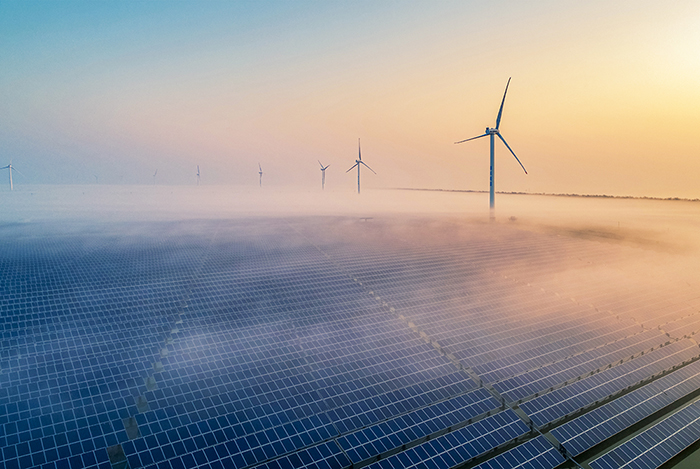In some areas, there is no more room for photovoltaic (PV) systems to be connected to the grid. So why are we installing so many more? Is there really such a high demand?
People often criticize PV and wind power as "junk electricity," available when not needed and not available when needed, causing significant impacts on the grid. The industry is also highly competitive. Is it still worth working in this field?

There is a misunderstanding here. According to the Renewable Energy Development Analysis Conference held this February, the average utilization rate of wind power is 96.8%, and that of PV power is 98.3%. These utilization rates are very high, meaning that almost all the electricity generated is used, and currently, there is no issue of curtailment for wind or PV power. In the first quarter of 2024, the installed capacity of renewable energy exceeded 1.585 billion kilowatts, with wind and PV accounting for 1.1 billion kilowatts, making up 52.9% of the total installed capacity. By 2060, the installed capacity of wind and PV is expected to reach 6 billion kilowatts. To meet this target, we need to add 150 million kilowatts of installed capacity each year. However, a significant issue is that areas with high electricity demand often lack space for installations, while areas with space lack consumption capacity. Therefore, we need to build new ultra-high voltage (UHV) lines, distribution networks, and storage systems for different time periods.
In 2024, global investment in the power grid sector is expected to reach around $400 billion, with more than $50 billion invested in battery storage technology, of which 80% will be directed to our country. This highlights the increasingly apparent impact of new energy development on economic growth.
According to the International Energy Agency's Annual World Energy Investment Report, global energy investment in 2024 will exceed $3 trillion for the first time, with $2 trillion going into the clean energy industry, including renewable energy, electric vehicles, nuclear power, and storage. China alone is expected to invest $675 billion, equivalent to the combined investments of the US and the EU. China, the US, and the EU will together account for two-thirds of global clean energy investment in 2024.
From the perspectives of energy security transformation and economic growth driven by the dual-carbon strategy, the development of new energy is undoubtedly crucial. This is why the carbon peak pilot city plans emphasize maximizing PV installations and why we see initiatives like the "100 Counties, 1000 Towns, and 10,000 Villages" project, which includes actions such as the "Wind Action," "Sunshine Action," new energy vehicles going to rural areas, and village-wide coverage of charging stations.







